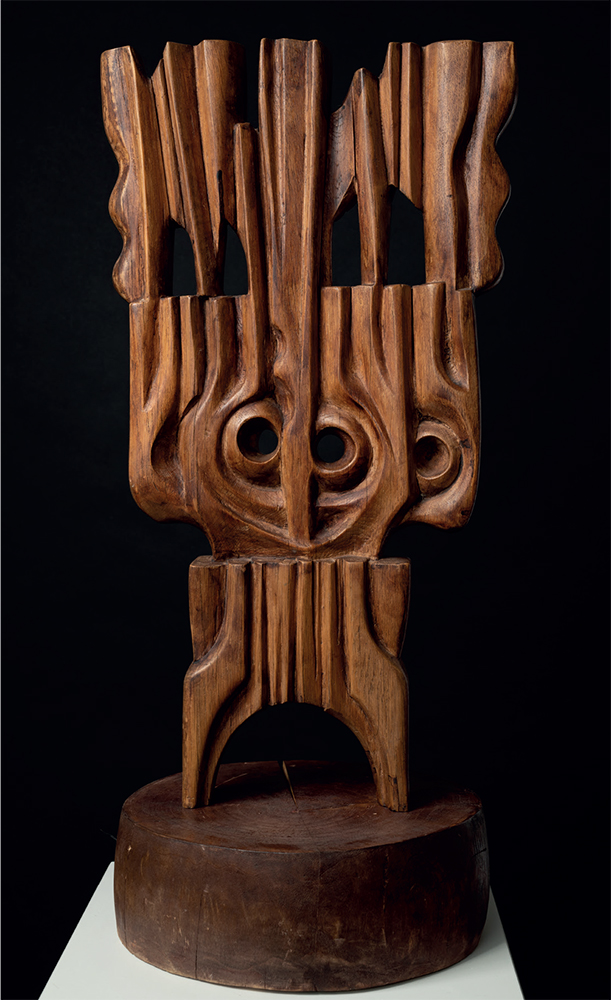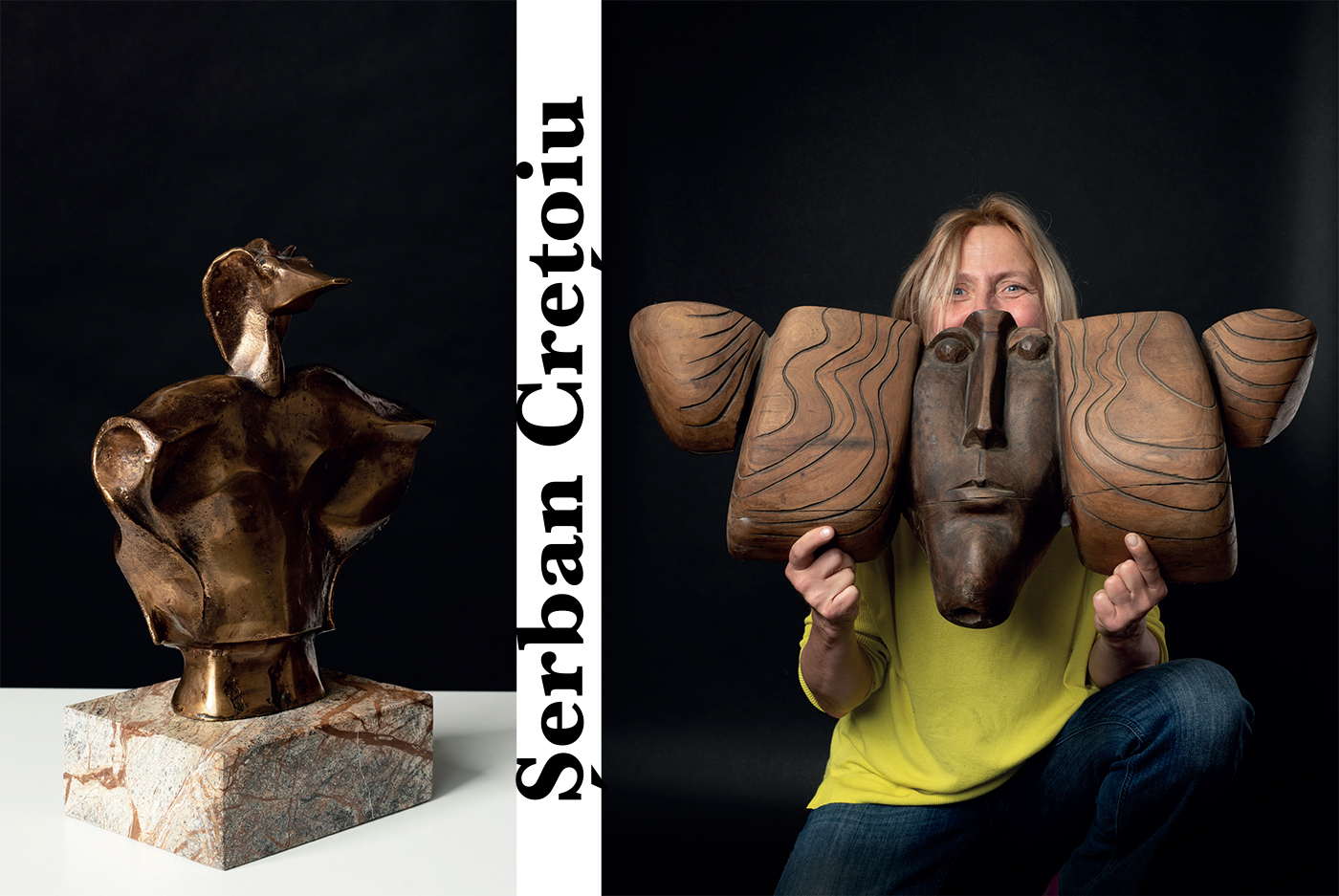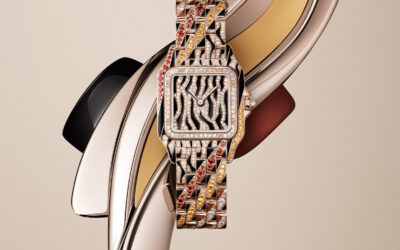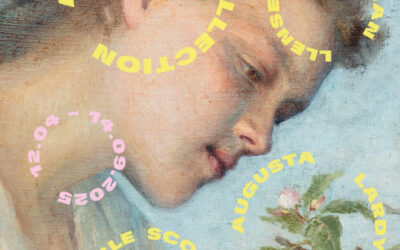A sculptural odyssey unfolding over half a century
by Alexandra MAS
There are individuals who cross our paths with a purpose, and sculptor Șerban Crețoiu was one of those precious and illuminating figures in my life. He played a crucial role in directing me towards the world of art. I vividly remember his candor, profound voice, and his face and hands stained with marble powder, coupled with a shy demeanor. Tall and slender, he stood out as an unmistakable presence in the Romanian art scene. His artistic production was prolific, ranging from small to monumental works, demonstrating his mastery and echoing the lexicon of modern masters.
He participated in various art shows, gaining recognition within a certain “unofficial” artistic community during the communist era. He was also commissioned to create public works, leaving a lasting impact on the cultural landscape of Romania. One of his bronze works now proudly resides in the Romanian Academy, serving as a testament to his enduring significance.
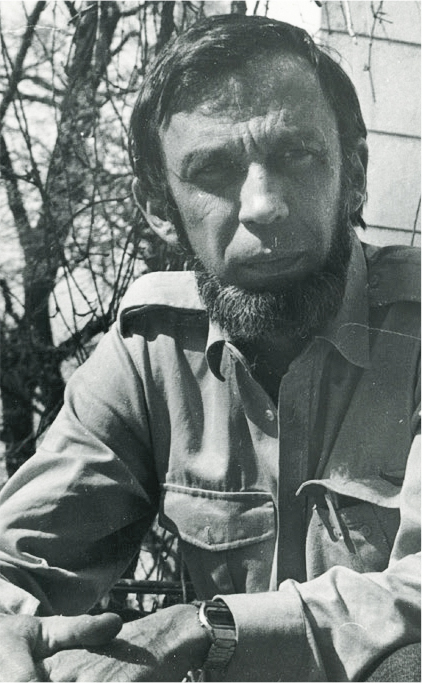
In her 2011 review, art critic Ioana Vlasiu wrote:
“Initially, he pursued figurative sculpture with pronounced expressionist tendencies, cultivating a particular grotesque humour. In 1981, he opened an exhibition featuring Chairs, objects that were more fantastical than utilitarian, treating wood as a supple and malleable material, with modulations and twists reminiscent of the formal repertoire of Art Nouveau and Gaudí. This speculation on the possibilities of wood continued and evolved into non-figurative works in the last decade. He also worked for the theatre, creating masks and set designs.”
(Dicționarul sculptorilor din România, secolele XIX-XX, vol. I, coordinator Ioana Vlasiu, Editura Academiei Române, București, 2011, p. 161)
This summer, the renowned Simeza Gallery, a prominent institution in the Bucharest art world, will host an exhibition titled “In Memoriam, Șerban Crețoiu” organised with the invaluable assistance of the sculptor’s wife and daughter.
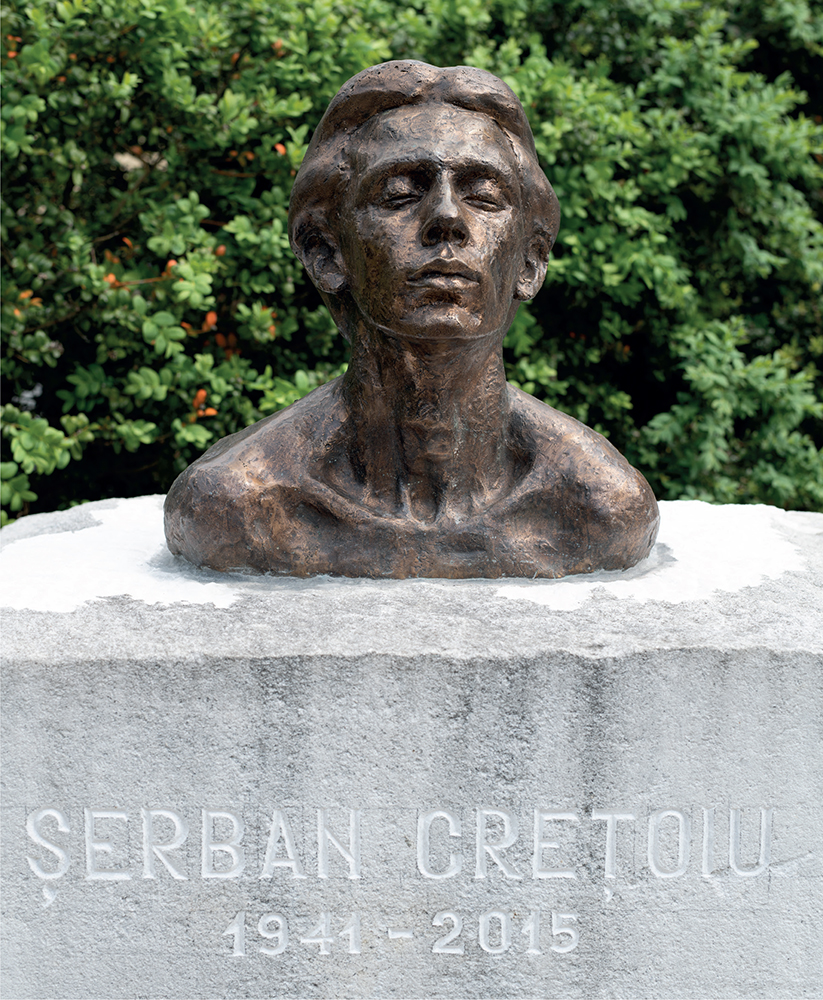
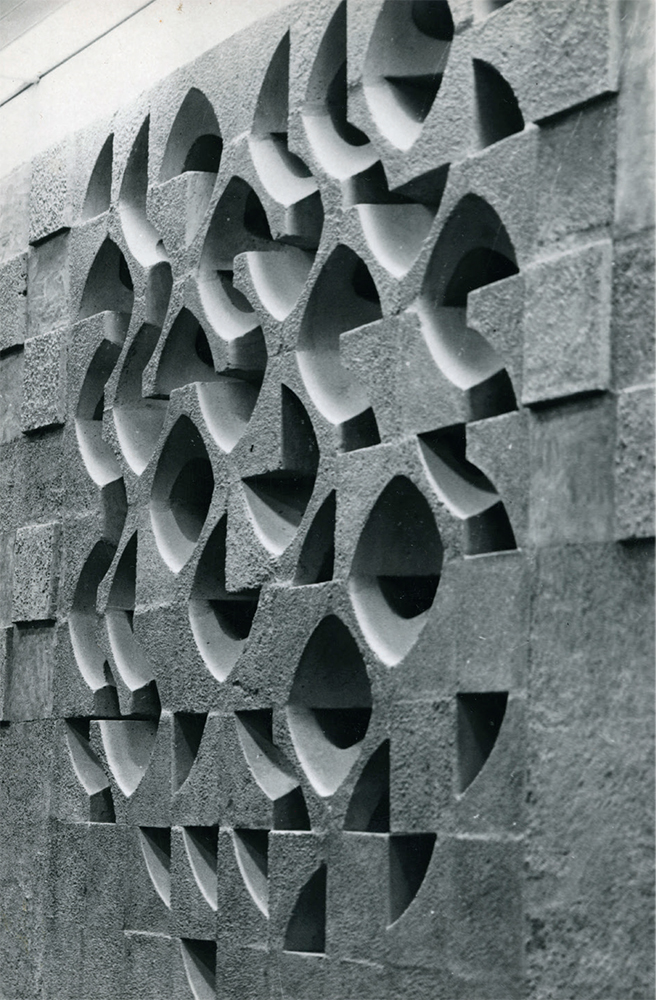
Ioana Crețoiu, the sculptor’s widow, shared some insights about him:
“During his childhood and throughout his education, Șerban Crețoiu resided in Brașov, on După Iniște Street, navigating the unpaved paths that surrounded the hills of the city every day. He completed his ten years of schooling at the German High School, where, alongside the majority of ethnic Germans, there were also an Armenian named Rafi Atamian and a Russian named Sergiu Ivancenco (my uncle). The three remained close friends even after graduating from high school. In addition to mountain school, which was overseen by Dr. Ivancenco (my grandfather), Șerban diligently and passionately drew and carved. When his parents discovered that the painter Aurel Bordenache was under house arrest in Codlea, they approached him to inquire if he would be willing to give drawing lessons to their son. The master agreed, and the young apprentice would ride his bicycle weekly to reach his residence. At the time, public transportation between Brașov and Codlea did not exist. There was a solid understanding between the teacher and student. In 1957, the Master gifted him a drawing of the Winged Victory of Samothrace, with a beautiful dedication, which has been preserved over the years despite various moves and changes that life brings.”
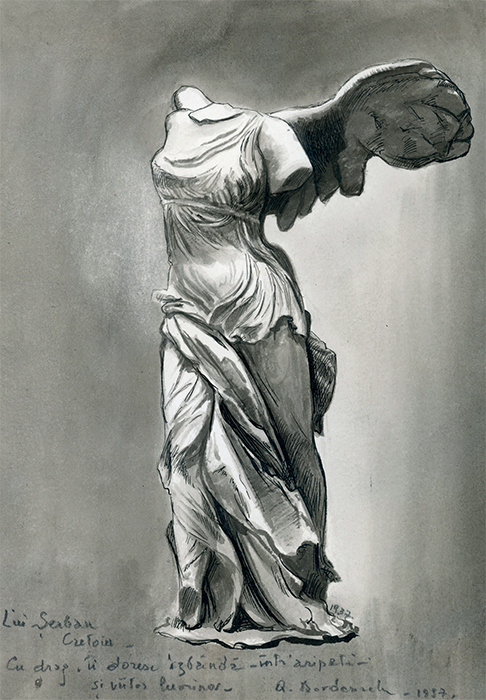
Let’s delve deeper into the world of Șerban Crețoiu’s art. Wood, bronze, marble, ceramics—there was no material that Crețoiu did not master. His garden was a sanctuary of creativity, adorned with an abundance of artworks ready to be unveiled. His approach to his craft was one of utmost sincerity, devoid of any pretentious philosophical posturing. Instead, he embraced a profound sense of authenticity and simplicity, a rarity during the oppressive communist period. Crețoiu embodied the true essence of a semiotician, seeking to unlock the viewer’s mind through his creations rather than imposing provocative questions or ideas.
Raised within an intellectually vibrant, yet oppressed family, Crețoiu’s artistic vision was deeply entwined with an ethnological reverence for materials. He understood that every material possessed its intrinsic perfection and inherent power, which guided his skilled hands as he deftly shaped them. Whether it was the weighty, untamed, and enigmatic marble or the versatile and expressive wood, he breathed contemporary life into these raw elements, forging a harmonious union between ancestral legacies and symbolic narratives.
Crețoiu’s remarkable artistic journey is exemplified through his extensive exhibition history. Throughout his career, he participated in several noteworthy art shows and events. He stands alongside the lineage of modern masters who command the utmost respect for their ability to infuse pure shapes and subtle subliminal narratives into their designs and major art forms.
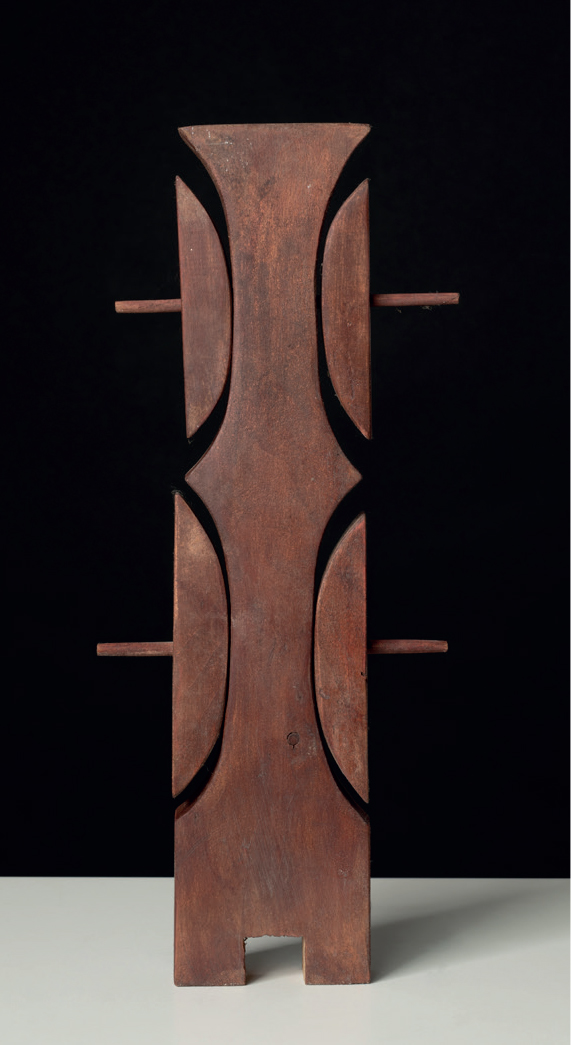
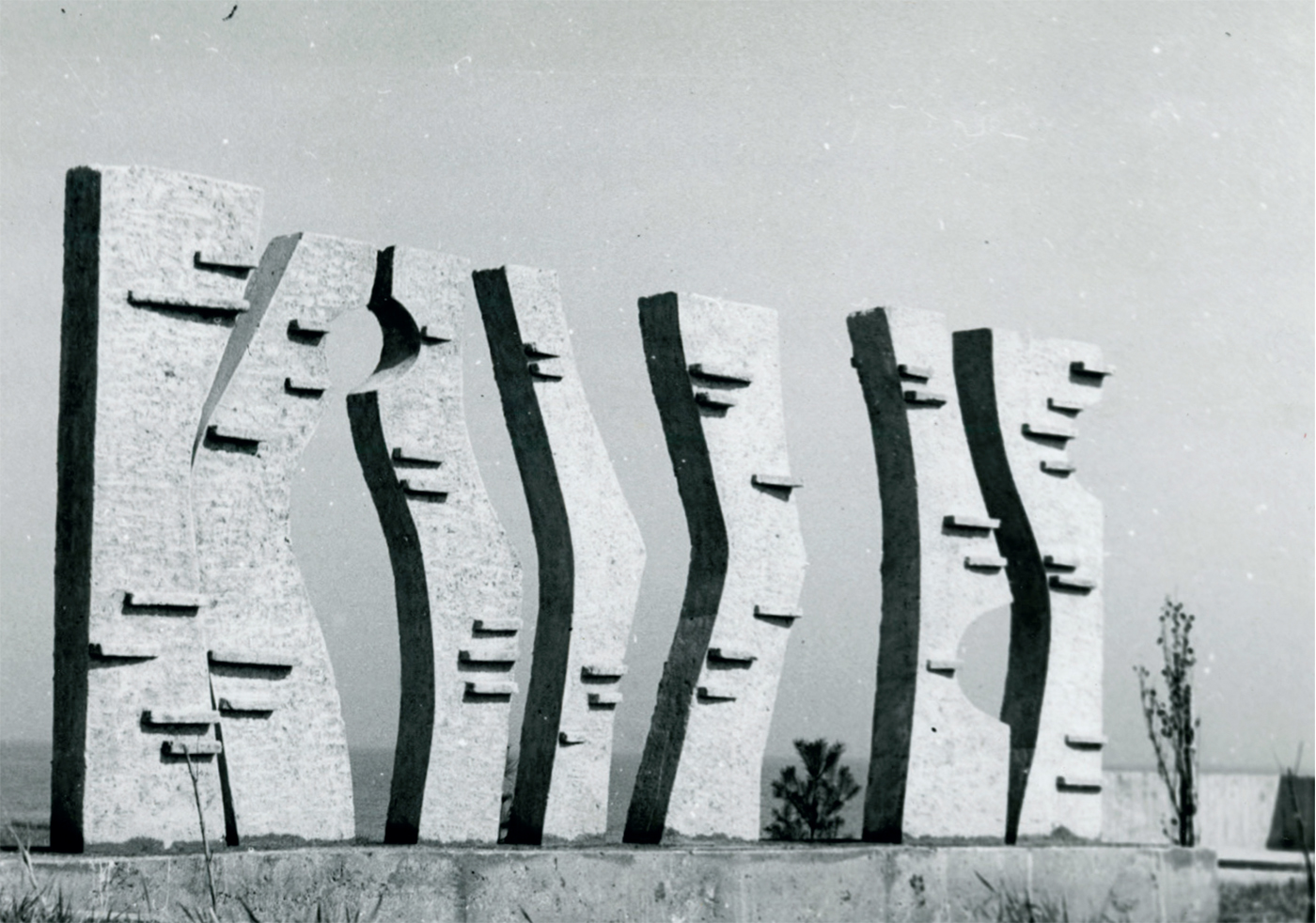
“Șerban Crețoiu has always impressed us with his demeanor and the audacity of his explorations. This time, the themes of his works seem to be ‘closed-open’ or ‘volume-contour’. Silhouettes of women, in glazed or rough ceramics, have their negatives or contours in polished bronze, which encloses them like a case or holds them behind a net. Through theme and material, a dialogue between grace and strength, Șerban Crețoiu’s creations represent a new stage in his explorations.”
Radu Ionescu, “Exhibitions in Bucharest Dominated by Sculptors,” Cotidianul, July 5, 1994.
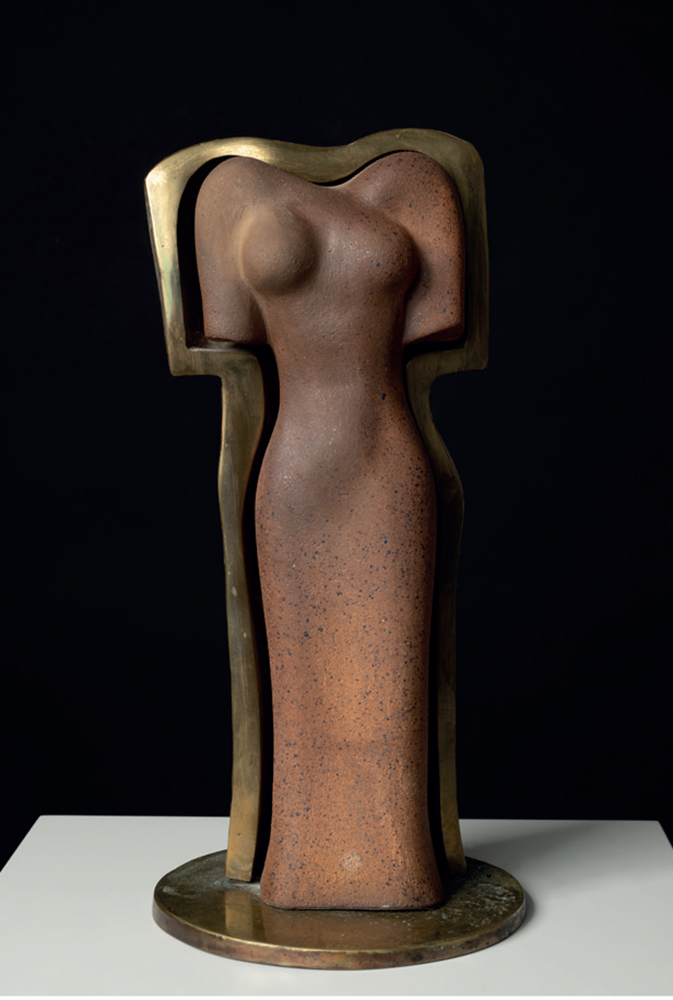
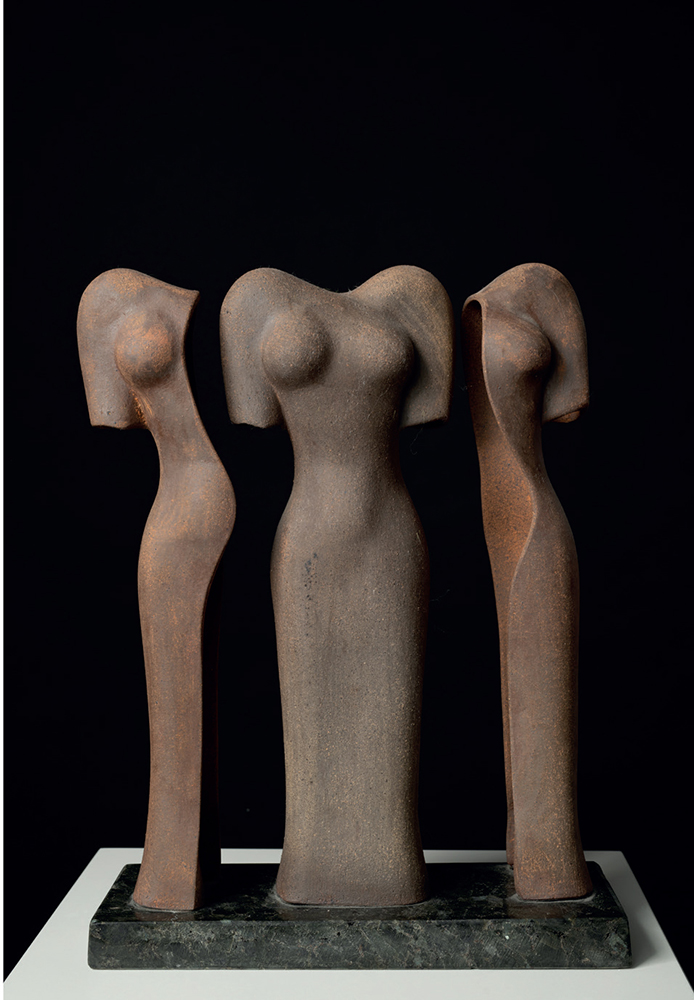
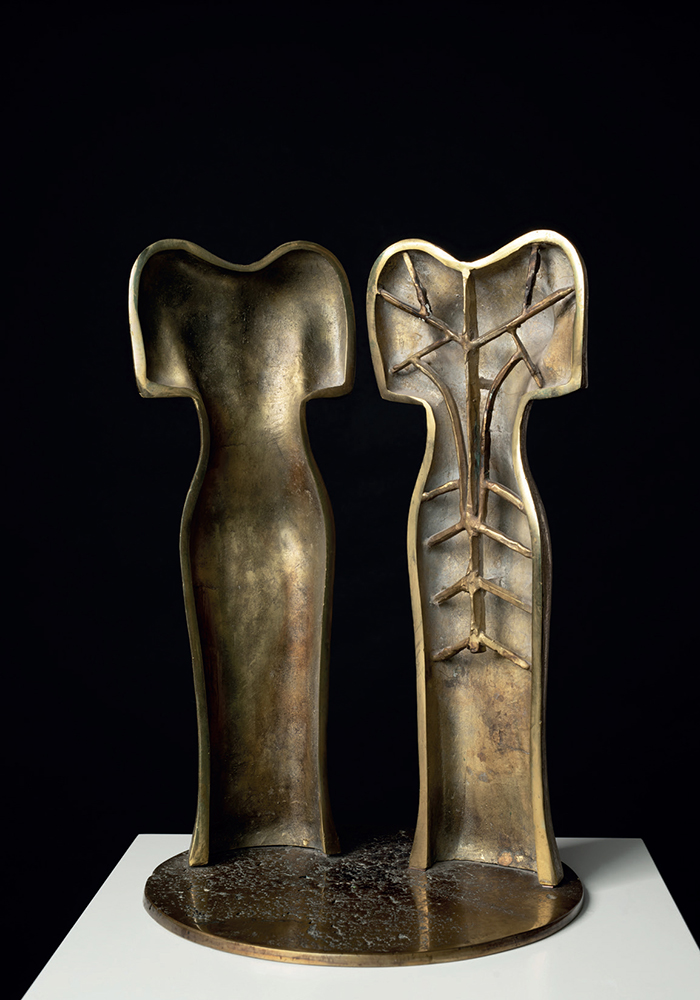
“Șerban Crețoiu is a sculptor driven by the idea of representing a single object in which multiple meanings of form can be found. His chairs serve as a pretext for showcasing the noble fibers of wood, the reflections and shimmering captured within a fragment of matter. Butterflies with immense wings, strange creatures poised for escape, tools from ancient civilizations, medieval jesters, colossal vertebrae: a merging of the organic and inorganic in an everyday object. When a chair becomes the subject of sculpture, it is clear that the mundane is invested with an artistic sign that deserves our attention. Wood becomes a symbol of vigilance and rest. Șerban Crețoiu is an artist who understands the material and subjects it without depersonalizing it. These chairs are works of art, and personally, I would hesitate to sit on most of them.”
Dan Grigorescu, “Art Chronicle,” România Liberă, June 19, 1981, p. 2.
